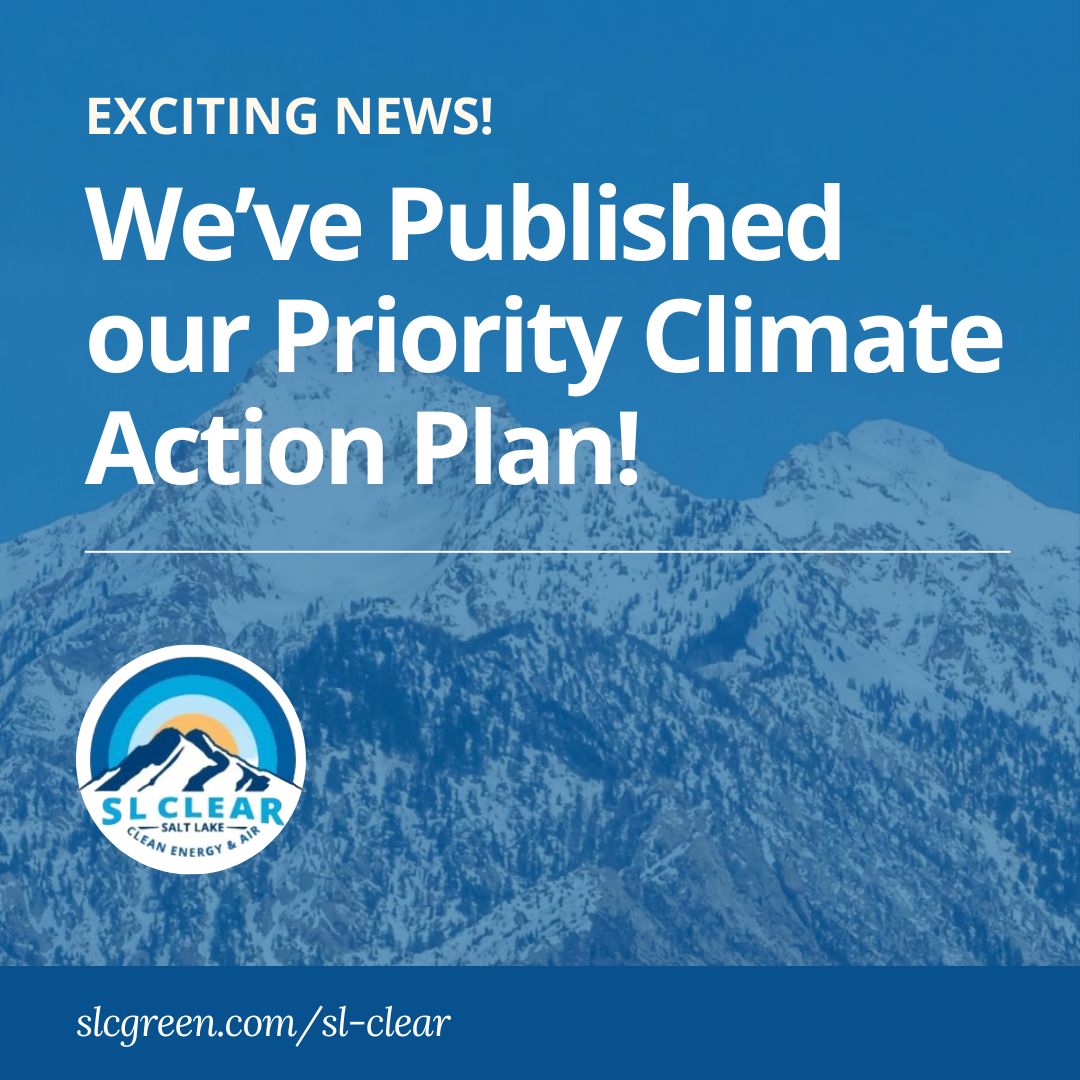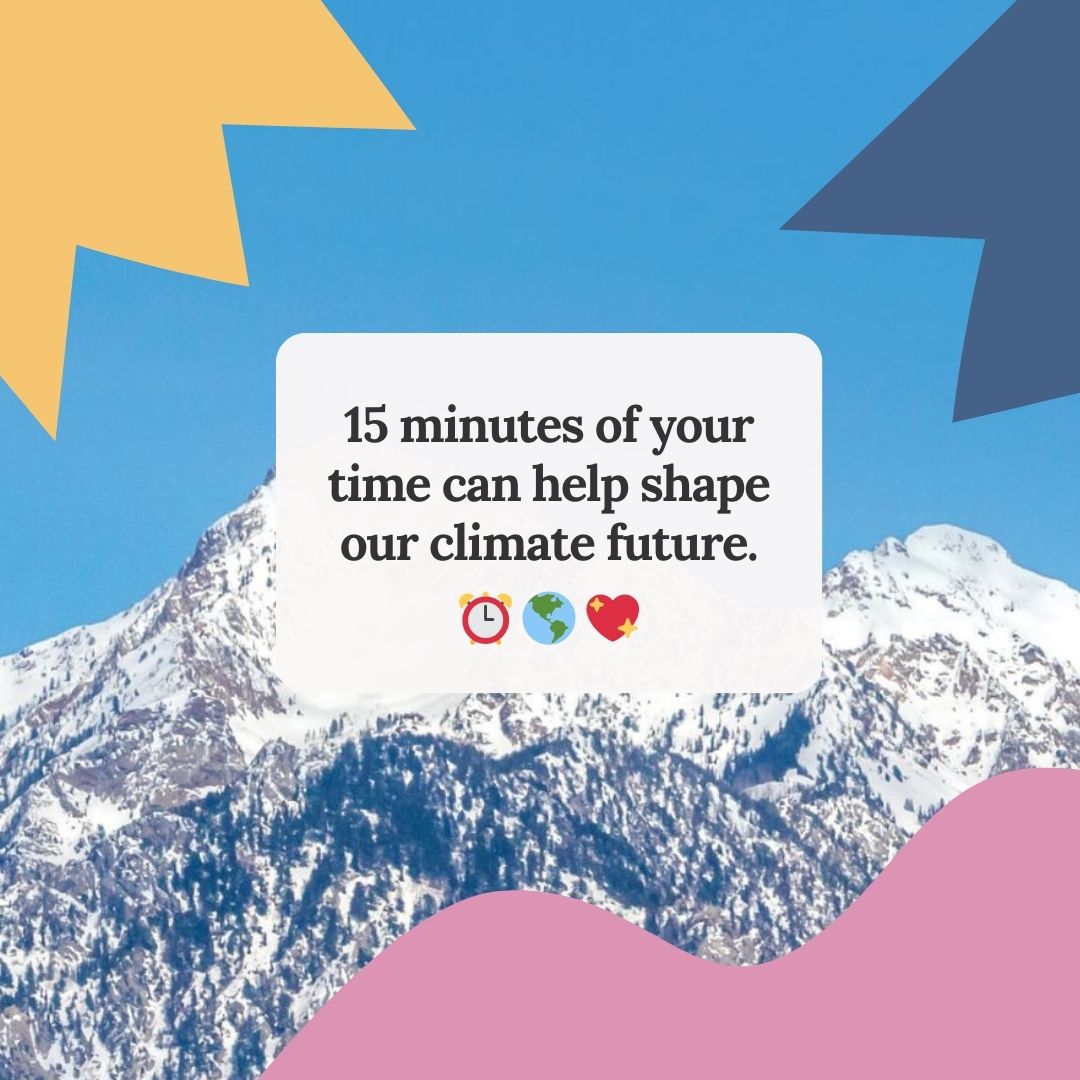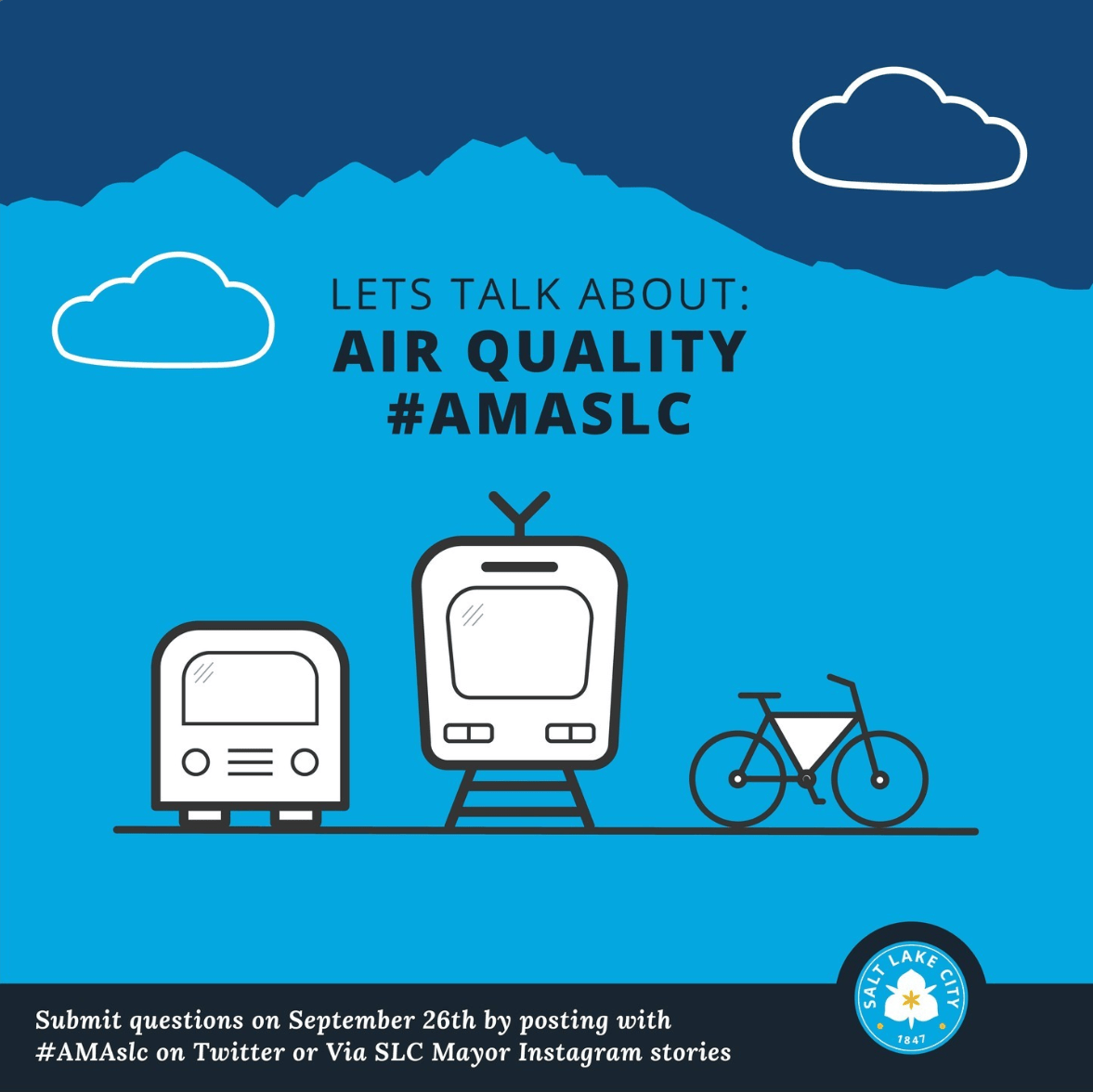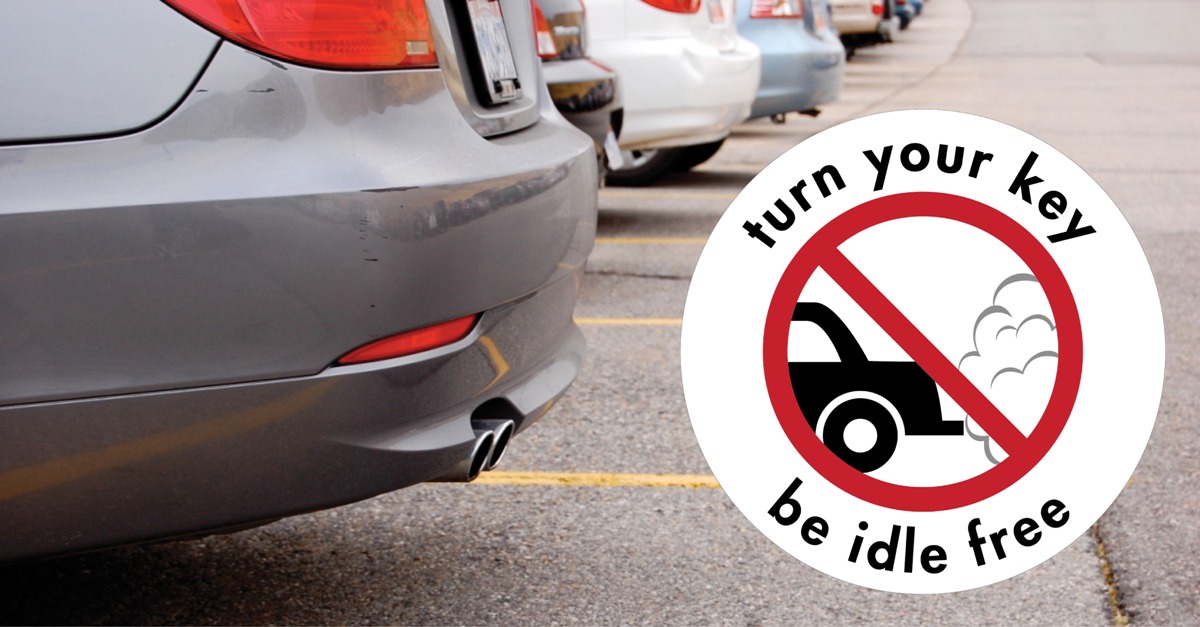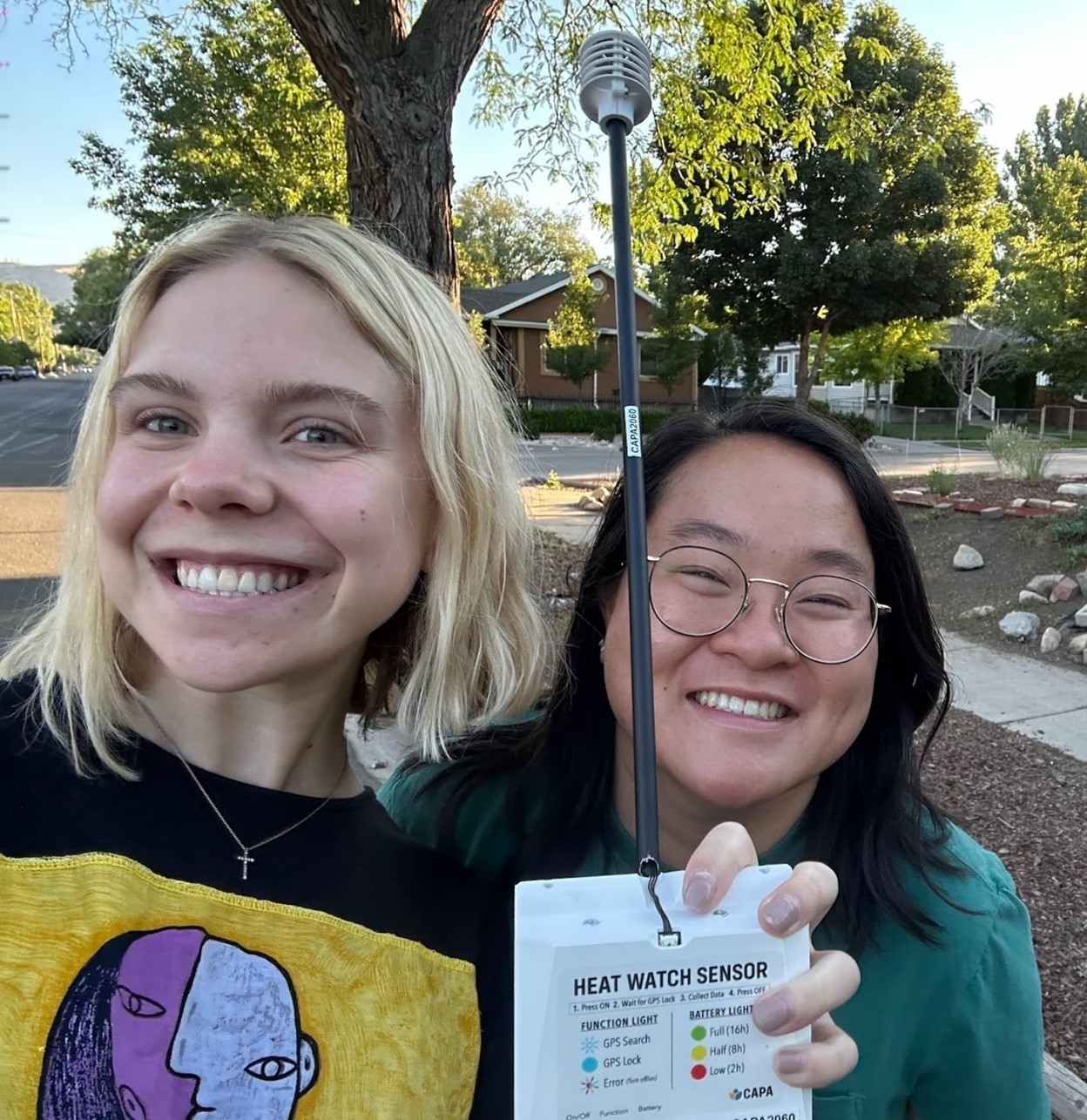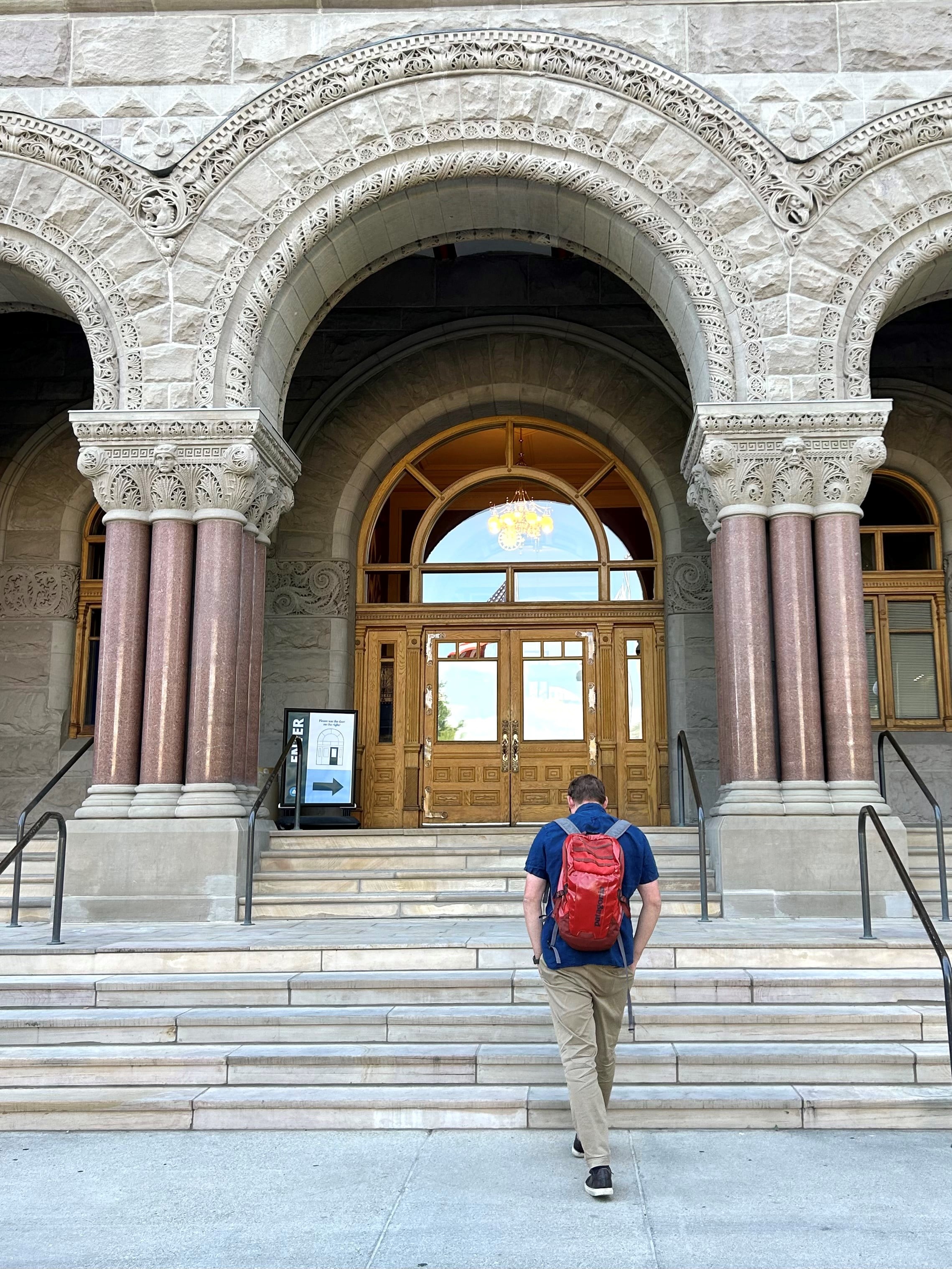By SLCgreen Intern Kyle Anderson
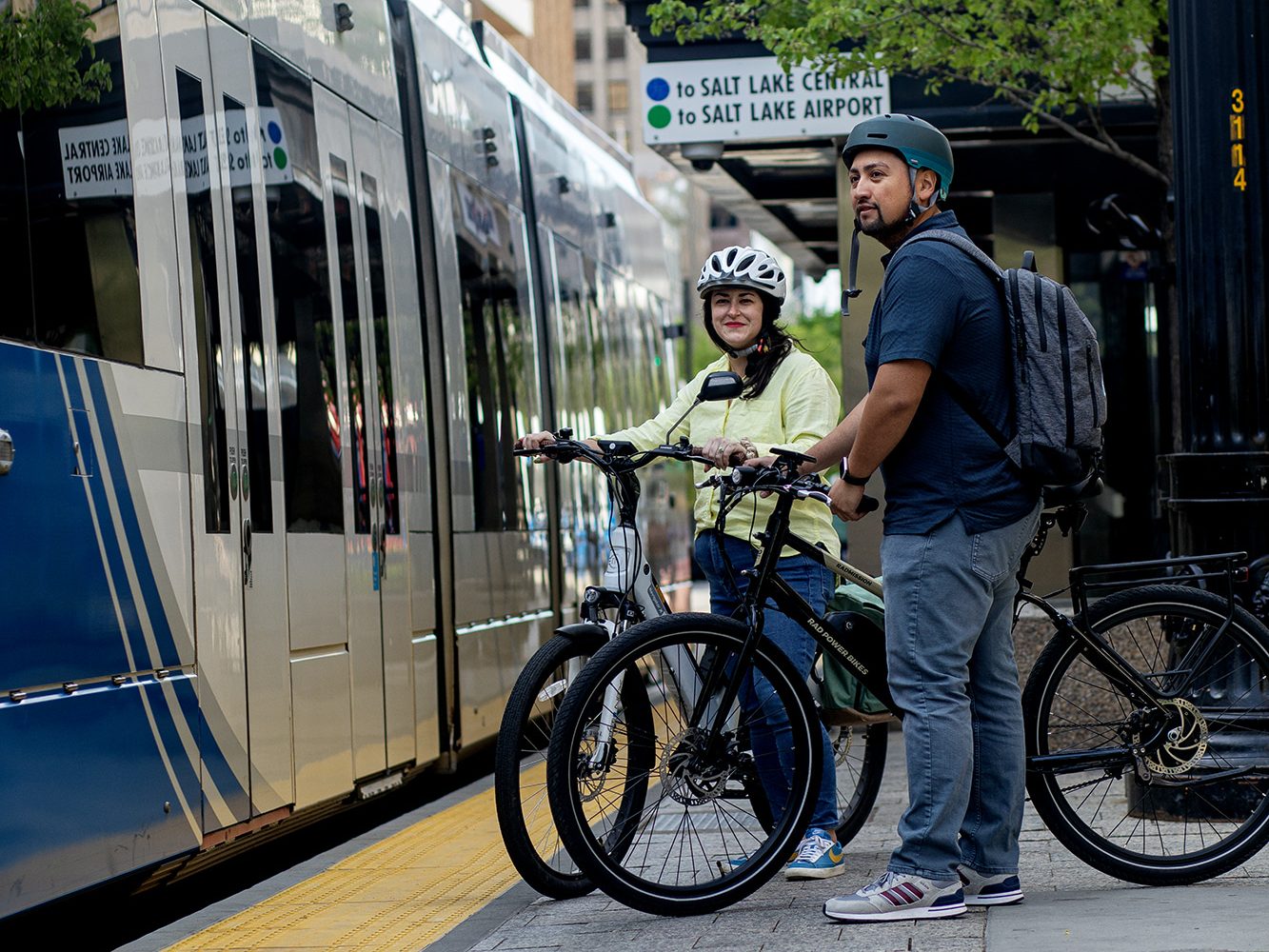
Note: Salt Lake City ran a pilot e-bike incentive program in 2024. This program had one-time funding and will not be continued in 2025.
Think about your last short-distance commute. Maybe you were running errands. Maybe you were on your way to work. Or maybe you were meeting up with friends at your favorite bar or coffee shop.
Salt Lakers have all kinds of reasons for getting around and enjoying this city we call home. Transportation is an important and necessary component of our day-to-day, but in the face of worsening air quality and the sustained effects of climate change, it’s a component we have to be increasingly conscious of. The question is no longer just about where we’re headed or when we get there, but how we choose to do so. And thanks to a new e-bike incentive program launched by SLCgreen, the possibilities for more sustainable transportation in Salt Lake City are expanding.
Continue reading
